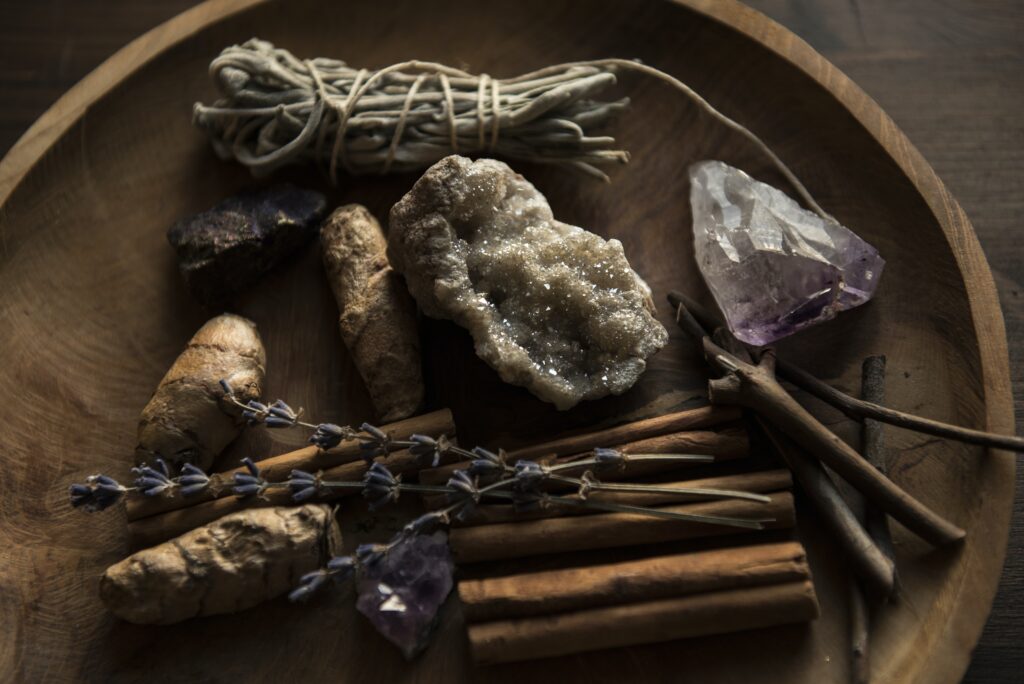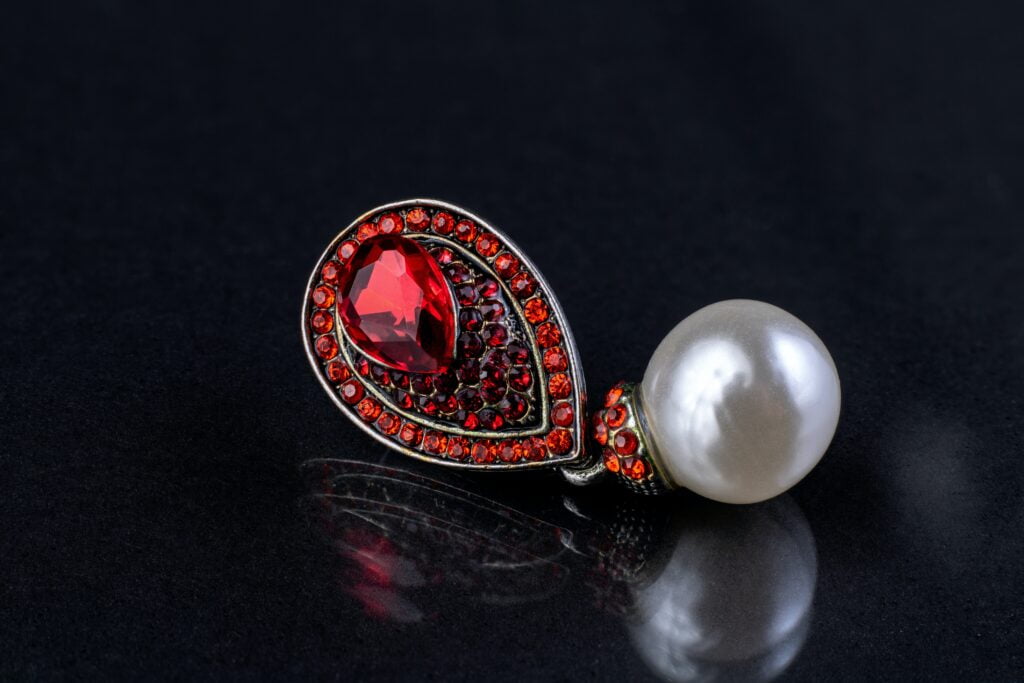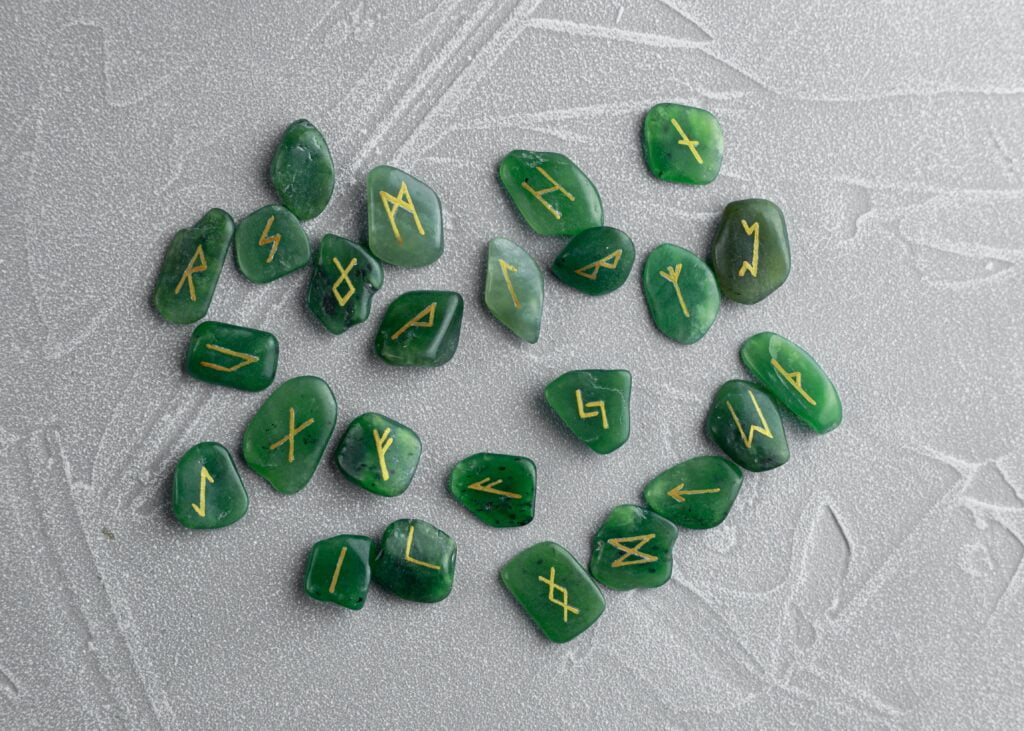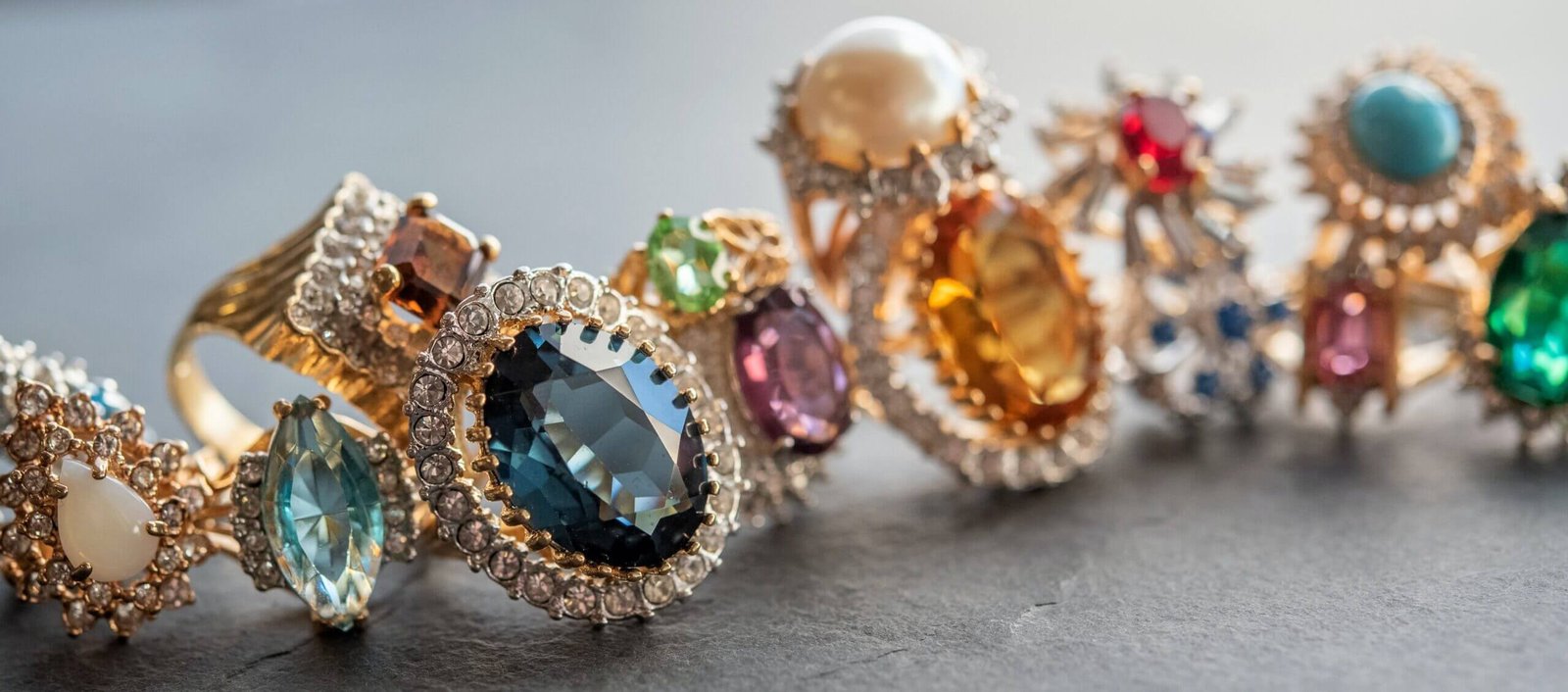What Gemstones Don’t Scratch Easily?
What Gemstones Don’t Scratch Easily? If you’ve ever wondered about the durability of your precious gemstones, you’re in the right place. This article is dedicated to exploring various gemstones and their resistance to scratching. It is important to know that not all gemstones share equal toughness − some are more prone to scratching than others. Here, you’ll find detailed, intriguing facts about which beauties from the gemstone world stand their ground against scratches without losing their shine. Stick around for an illuminating read.
Understanding Gemstone Hardness
Gemstones are an integral part of many jewelry designs, and while their dazzling appearances are certainly the center of attention, what often goes unnoticed is their hardness. Understanding gemstone hardness and how it impacts the durability and quality of the stone can significantly affect one’s ability to choose and care for these precious objects.
Definition of hardness in gemstones
Hardness in gemstones refers to their ability to withstand scratches. It is an essential physical property of gemstones which, depending on its extent, directly impacts the resistance and durability of the gemstone against wear and tear. High hardness does not necessarily mean unbreakable; it simply specifies the stone’s ability to resist scratching from other materials.
How hardness is measured
In the world of gemstones, hardness is usually measured using the Mohs hardness scale, a relative scale based on the ability of one mineral to scratch another. To put it simply, if one mineral can leave a scratch mark on another, it is harder than the other. What Are The Top 3 Hardest Gemstones?
Mohs hardness scale explained
The Mohs hardness scale was developed by German mineralogist Friedrich Mohs in 1812. It ranges from 1 (the softest) to 10 (the hardest). For instance, talc, with a Mohs hardness of 1, is the softest mineral and can be scratched by all other minerals. On the other hand, diamond, with a Mohs hardness of 10, is the hardest and can scratch all other minerals.
Importance of Gemstone Hardness
Knowing the hardness of gemstones can come in handy, especially when you are in the business of buying or selling jewelry. Let’s explore why the hardness of gemstones is vital.
Durability and longevity of gemstones
The hardness of a gemstone plays a critical role in determining its durability. Hard gemstones can withstand the daily wear and tear, making them last longer. They are resistant to scratches and are unlikely to chip or break easily, adding to their longevity.
Resisting scratches and damages
Gemstones with high hardness are less likely to get scratched or damaged. As scratches and other physical damages can diminish the brilliance and value of gemstones, those that are high on the Mohs scale – are preferred.
Practical considerations in jewelry designing
Gemstone hardness is a crucial factor in jewelry designing. Designers often prefer hard and durable stones for items like rings and bracelets that are frequently exposed to rough and rugged conditions. Softer gemstones, on the other hand, are more suited to earrings and pendants, which are less likely to come into contact with hard substances.

Diamonds: The Hardest Natural Minerals
Speaking of gemstone hardness, one cannot miss the mention of diamonds – the undefeated champions in terms of hardness.
Properties of Diamonds
Diamonds are renowned for their exceptional hardness, earning a solid 10 on the Mohs scale. Formed under high temperature and pressure conditions deep within the earth’s mantle, diamonds are composed of carbon atoms linked in a strong, tetrahedral crystal lattice structure, which contributes to their extreme hardness.
How the hardness of diamonds is determined
The hardness of a diamond primarily hinges on its crystal structure. Additionally, natural defects or inclusions may affect its hardness. A flawless diamond with a perfect crystal structure exhibits maximum hardness.
Typical uses of diamonds
Thanks to their supreme hardness, diamonds are used in an array of applications; from jewelry making to industrial uses such as cutting tools. Diamonds add a sparkle to engagement rings, earrings, necklaces, and more. In industries, diamonds are often used in drill bits and saw blades.
Rubies and Sapphires: Durable and Resilient
Defining qualities of rubies and sapphires
Rubies and sapphires are both varieties of the mineral corundum. What distinguishes them is the presence of trace elements that give them their distinct colors. Rubies are red due to the presence of chromium, while sapphires can be a variety of colors due to the presence of various trace elements. https://gem-a.com/
Differences between rubies and sapphires
Beyond color, rubies and sapphires share many similarities. Both score 9 on the Mohs hardness scale, making them very durable and resistant to scratches and wear. However, the primary difference lies in their color variations. Rubies are exclusively red, while sapphires come in a rainbow of colors, excluding red.
How their hardness contribute to their value
The hardness of rubies and sapphires significantly adds to their value. Their capacity to resist scratches and maintain their luster over time makes them highly desirable in the world of jewelry.

Chrysoberyl: A Lesser-known Hard Gemstone
Despite being relatively unknown, Chrysoberyl is a notably hard gemstone, ranking next to corundum on the Mohs scale, with a rating of 8.5.
Identifying features of Chrysoberyl
Chrysoberyl is known for its exceptional clarity and unique shades of yellow and green. Two of its most famous varieties are alexandrite and cymophane, also known as cat’s eye.
Where Chrysoberyl is commonly found
Chrysoberyl is typically found in gem gravels with corundum, garnet, zircon, spinel, and tourmaline. Notable sources of Chrysoberyl include Brazil, Myanmar, Sri Lanka, and several areas in Africa.
Uses of Chrysoberyl in jewelry
Despite its relative obscurity, Chrysoberyl is highly valued by gem collectors and is used in a variety of jewelry designs due to its excellent hardness and durability.
Spinel: The Great Impersonator
Spinel, often mistaken for ruby or sapphire due to its similar colors, is a hard and durable gemstone with a long history.
Recognizing Spinels
True spinels come in a variety of hues ranging from pink, red, blue, purple, and more. They are transparent to opaque and often mistaken for other gemstones due to their brilliance and wide color range.
Understanding the hardness of Spinels
With a Mohs hardness rating of 8, spinels are quite resilient. They exhibit excellent resistance to wear and tear, with a robustness that matches that of topaz and quartz.
Role of Spinels in history and modern jewelry
Historically dubbed as the great imposter, spinels were often wrongly identified as rubies in royal jewels. Today, they are appreciated in their own right, adorning various pieces of jewelry thanks to their rich colors and admirable hardness.

Topaz: A Versatile Gemstone
Topaz, with its varied hues and striking luster, is a pretty popular gemstone in the jewelry world. It is also known for its good hardness, scoring an 8 on the Mohs scale.
Unique properties of Topaz
Topaz is famed for its diverse colors, which span from yellow, orange, pink, blue, and more. It exhibits a unique characteristic called pleochroism, where it can appear to change color when viewed from different angles.
Identifying hardness of Topaz
The impressive hardness of topaz promotes its wearability. It is resilient against scratches and everyday wear and tear, making it an excellent choice for jewelry like bracelets and rings that demand durability.
Influence of hardness on Topaz’s uses
As Topaz is hard and durable, it can be cut into myriad shapes and styles. This versatility coupled with its rich color palette makes it a preferred choice for different types of jewelry, from rings to pendants.
Corundum: The Family of Rubies and Sapphires
Corundum hosts two of the most renowned gemstones – the red ruby and the vibrant sapphire. This mineral family is celebrated for its hardness, second only to diamond.
Introduction to Corundum
Corundum is an aluminum oxide mineral that comprises rubies and sapphires. It occurs in an array of colors, each rarer and more stunning than the last.
How hardness defines Corundum
Corundum comes in at 9 on the Mohs scale, making it extremely hard and resilient. Its exceptional toughness contributes to its durability and resistance against heat, chemical damage, and scratches.
Factors contributing to Corundum’s popularity
The hardness of corundum, along with its beautiful color variations, makes it highly sought-after in the jewelry industry. Its hardness ensures it can be worn daily without worry of damage, while its vibrant colors captivate all who behold them.
Moissanite: The Diamond Substitute
Moissanite, a gemstone born from the stars, is a popular substitute for diamonds. This synthetic gem exhibits exceptional brilliance, fire, and hardness.
What makes Moissanite a popular choice
Moissanite offers brilliance and fire that rivals and even surpasses that of a diamond. Its affordability and the ethical production process, in comparison to the traditional diamond industry, add to its popularity.
Hardness parameters for Moissanite
With a score of 9.25 on the Mohs scale, Moissanite is harder than most gemstones, even ruby and sapphire. This hardness allows it to resist scratches and maintain its sparkle for generations.
Comparing Moissanite and Diamonds
While both are stunning choices for jewelry, moissanite and diamonds do differ in several ways. Diamonds are the hardest known material, while moissanite falls slightly short. However, moissanite does outshine diamonds in terms of refractive index, meaning it offers more sparkle.
Protecting and Maintaining Hard Gemstones
Despite their hardness, gemstones still require care to maintain their beauty and longevity. Here are some tips to protect and care for your precious stones.
Precautions to prevent scratches and damages
Even hard gemstones are not completely immune to damage. To prevent scratches and chips, always store your gemstone jewelry separately to avoid contact with each other. When not in use, keep them in a lined jewelry box or cloth pouch.
Proper cleaning techniques
To keep your gemstones gleaming, use warm water, mild soap, and a soft brush for cleaning. Abrasive materials can harm the gemstones, so steer clear of them. Always dry your gemstones thoroughly before storing them.
Tips for long-term storage
For long-term storage, wrap each piece of gemstone jewelry in soft cloth to protect it from scratches. Avoid exposing them to harsh light or extreme temperatures as these can cause color fading and other damages.
In conclusion, understanding the hardness of gemstones can guide you in choosing, designing, and caring for your precious jewels. From the hardness champ diamond to the robust moissanite, each gemstone offers a unique blend of beauty, durability, and hardness. Great care ensures these gemstones continue to sparkle through generations.
